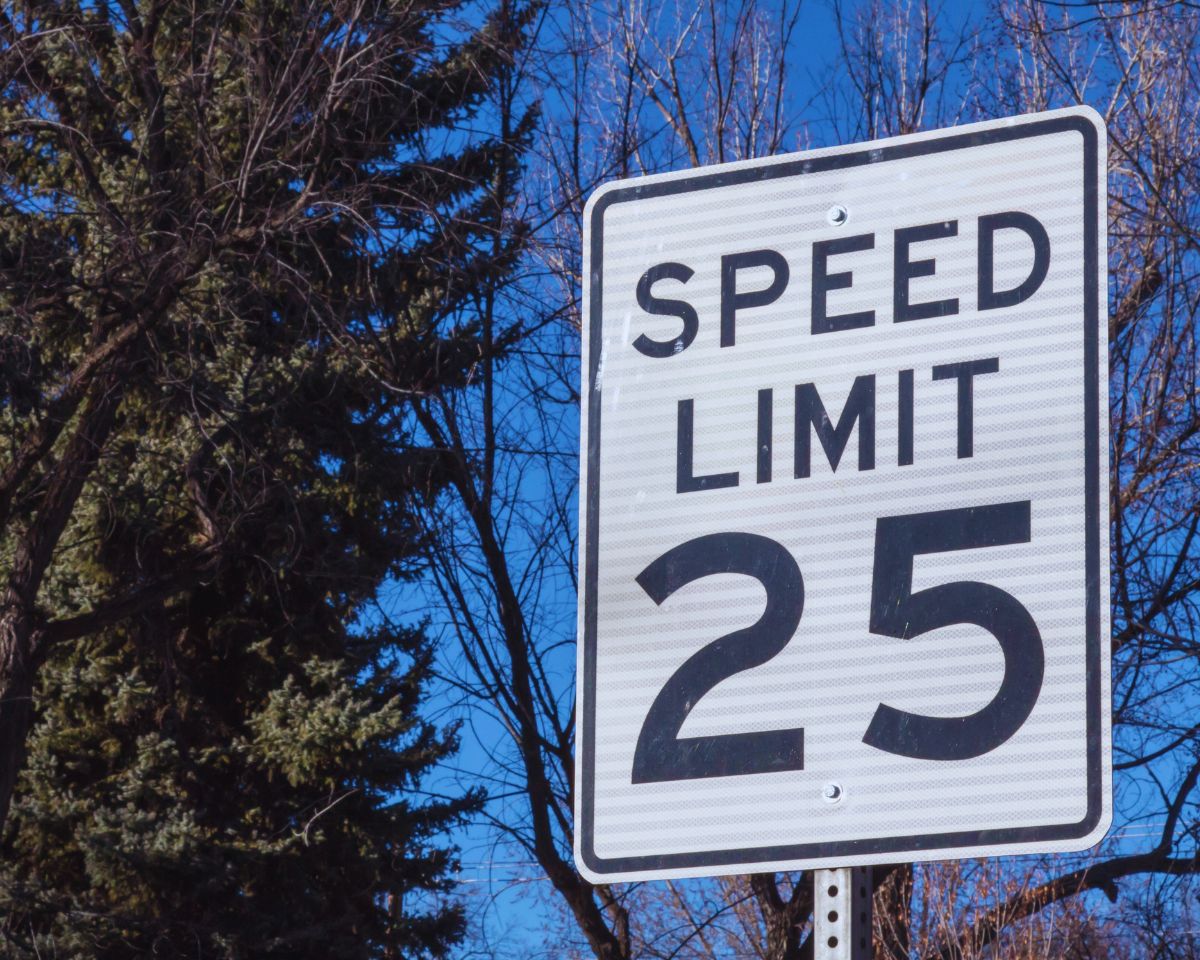When people think about traffic violations in California, speeding usually comes to mind. However, driving too slowly can also be dangerous—and illegal. Under California Vehicle Code § 22400 VC, motorists can be cited if they drive at a speed that blocks or impedes the normal flow of traffic, unless that speed is necessary for safe operation.
This article provides a complete overview of what the law says, when it applies, what the penalties are, how to defend against a ticket, and why this lesser-known law matters for all drivers.
What is California Vehicle Code § 22400 VC?
Vehicle Code § 22400 VC addresses situations where a driver travels at a speed so slow that it disrupts the safe and reasonable movement of other traffic on the road. The statute applies to any public highway in California, and violations are most commonly issued when a motorist is:
Driving significantly below the speed of surrounding traffic without justification
Stopping unnecessarily on a highway or freeway
Failing to use designated turnouts when impeding other vehicles on two-lane roads
The Text of the Law (Simplified) Here’s a breakdown of the key parts of Section 22400 VC:
Section 22400(a): You cannot drive so slowly that you block or impede the normal and reasonable flow of traffic unless your speed is necessary for safety.
Section 22400(b): The Department of Transportation or local authorities can establish minimum speed limits on certain roads, and drivers must comply with those posted limits.
Examples of How the Law Applies
Understanding how this law plays out on real roads helps clarify what counts as a violation. Here are a few common examples:
1. Driving Slowly in the Left Lane on the Freeway
A driver cruising at 50 mph in a 65 mph zone in the far-left lane may not be breaking the speed limit, but if faster vehicles are forced to pass on the right, that driver could be cited for impeding traffic.
2. Slow Vehicle on a Mountain Road
If a vehicle is unable to maintain normal speed on a two-lane road and is holding up five or more cars, the driver must pull into a designated turnout area. Failure to do so could result in a citation under this and related codes.
3. Unnecessary Stops on a Highway
Unless a stop is necessary for safety (e.g., emergency, traffic signal, stop sign), stopping on a highway is prohibited. A driver pulling over for a phone call or personal break could face a violation if their actions impede traffic.
Penalties for Violating Vehicle Code § 22400 VC
A violation of this statute is treated as an infraction. While it is not a criminal offense, it can still result in significant consequences, including:
- Fines: Typically around $238 after additional court fees
- DMV Points: One point added to the driver’s record, which can remain for three years
- Insurance Impact: Insurance providers may raise premiums for moving violations
- Traffic School Eligibility: In many cases, eligible drivers may attend traffic school to avoid the point
Repeated violations may lead to further penalties, such as license suspension for drivers who accumulate too many points under the California Negligent Operator Treatment System (NOTS).
Legal Defenses Against a § 22400 VC Citation
If you’ve received a ticket for violating Vehicle Code § 22400 VC, it’s important to understand your options. Several legal defenses can be raised, depending on the circumstances:
1. Necessity for Safety
If you were driving slowly due to weather, road conditions, mechanical issues, or any other legitimate safety concern, you may have a valid defense. For example, driving cautiously during heavy rain or fog is often justified.
2. No Actual Impediment to Traffic
To be cited, your driving must have actually impeded the normal flow of traffic. If no vehicles were delayed or affected, the ticket may not hold up in court.
3. Emergency or Legal Obligation
Stopping or slowing down due to a medical emergency, road hazard, or compliance with another law (such as yielding to an emergency vehicle) can serve as a defense.
4. Inadequate Signage or Unclear Limits
If you were cited under 22400(b) for violating a posted minimum speed, but the signage was unclear, obstructed, or missing, that could be a defense as well.
Fighting a 22400 VC Ticket in Court
Drivers who wish to contest a 22400 VC ticket have the right to appear in traffic court. Some steps include:
1. Requesting a Trial by Written Declaration: You may contest the ticket in writing without appearing in court.
2. Hiring a Traffic Attorney: An attorney experienced in traffic law can often help reduce or dismiss charges.
3. Presenting Evidence: Dashcam footage, witness statements, or weather reports may support your defense.
4. Negotiating for Traffic School or Reduction: Even if a dismissal isn’t possible, the fine or points may be negotiable.
How This Law Relates to Other California Traffic Laws
While § 22400 VC specifically targets minimum speeds, it connects with several other traffic rules, such as:
- Vehicle Code § 21654: Requires slow vehicles to use the right-hand lane.
- Vehicle Code § 21656: Requires drivers on two-lane roads with five or more vehicles behind them to pull over at designated turnouts.
- Vehicle Code § 22350: The “basic speed law,” which says all drivers must operate at a safe speed for conditions.
These laws work together to ensure safe, smooth, and predictable traffic flow across California roadways.
Why Minimum Speed Laws Matter
Though often overlooked, minimum speed laws are an essential part of California’s effort to reduce accidents and congestion. Driving too slowly can:
- Cause faster drivers to make sudden or unsafe lane changes
- Lead to rear-end collisions or road rage incidents
- Create backups on freeways, especially in the fast lanes
- Delay emergency vehicles and public transportation
By maintaining a reasonable speed and following posted signage, drivers help promote road safety for everyone.
Tips to Avoid a Minimum Speed Violation
Stay in the Right Lane: If you’re not passing or driving significantly below the speed limit, move to the right.
- Use Turnouts When Needed: On two-lane highways, let faster traffic pass.
- Stay Aware of Your Surroundings: Monitor your speed relative to traffic flow.
- Check Your Vehicle’s Performance: Mechanical issues that prevent you from driving at safe speeds should be addressed immediately.
Conclusion
California Vehicle Code § 22400 VC is more than just a regulation—it’s a reminder that road safety depends on all drivers moving at speeds that match traffic conditions. While speeding is often highlighted, driving too slowly can be just as risky.
Whether you’re navigating city streets, highways, or mountain roads, remember that impeding traffic can result in a citation. Always adjust your speed based on road and weather conditions, follow posted limits, and stay in the proper lane for your speed.
If you’ve received a ticket under § 22400 VC and believe it was unfair or unjustified, consulting with a traffic attorney can help you understand your rights and options.
At Southwest Legal, our experienced traffic attorneys know how to challenge unfair citations under California Vehicle Code § 22400 VC. Whether you were wrongly cited for driving too slowly or need help keeping points off your record, we’re here to protect your rights and get results. Don’t face traffic court alone. Contact us today for a free consultation and get the strong legal defense you deserve.





